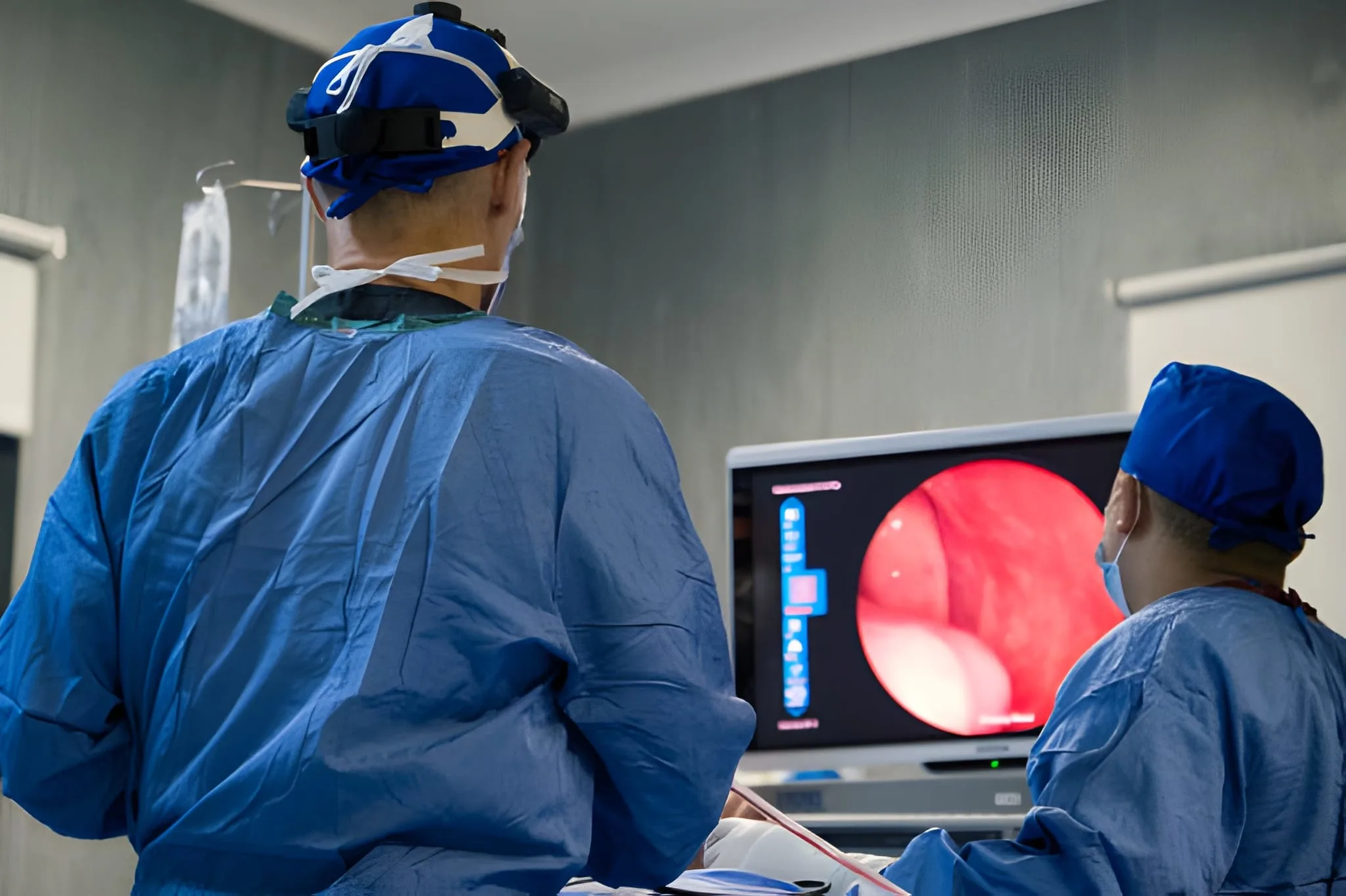Frequently Asked Questions
Endoscopy is a procedure using a flexible tube with a camera to examine the digestive tract, detect abnormalities, and perform minor treatments if needed.
It is performed to investigate persistent heartburn, abdominal pain, difficulty swallowing, gastrointestinal bleeding, ulcers, polyps, or tumors.
Preparation includes fasting for several hours, stopping certain medications, and following your doctor's specific instructions to ensure clear visualization.
Endoscopy is generally safe. Mild side effects may include throat soreness, bloating, or cramping, but serious complications are rare.
Yes, endoscopy can detect early signs of cancer, including tumors, polyps, and other abnormal tissue in the digestive tract.
Endoscopy is usually performed under mild sedation or local anesthesia to minimize discomfort.
The procedure typically takes 15–30 minutes, though preparation and recovery may extend the total time.
Patients are usually advised to wait until the sedation wears off before eating or drinking. Specific instructions are provided by the doctor.
Serious complications are rare but may include bleeding, infection, or reactions to sedation. Your doctor will review risks before the procedure.
Yes, endoscopy can be used to remove polyps, stop bleeding, dilate strictures, or perform minor treatments during the procedure.

